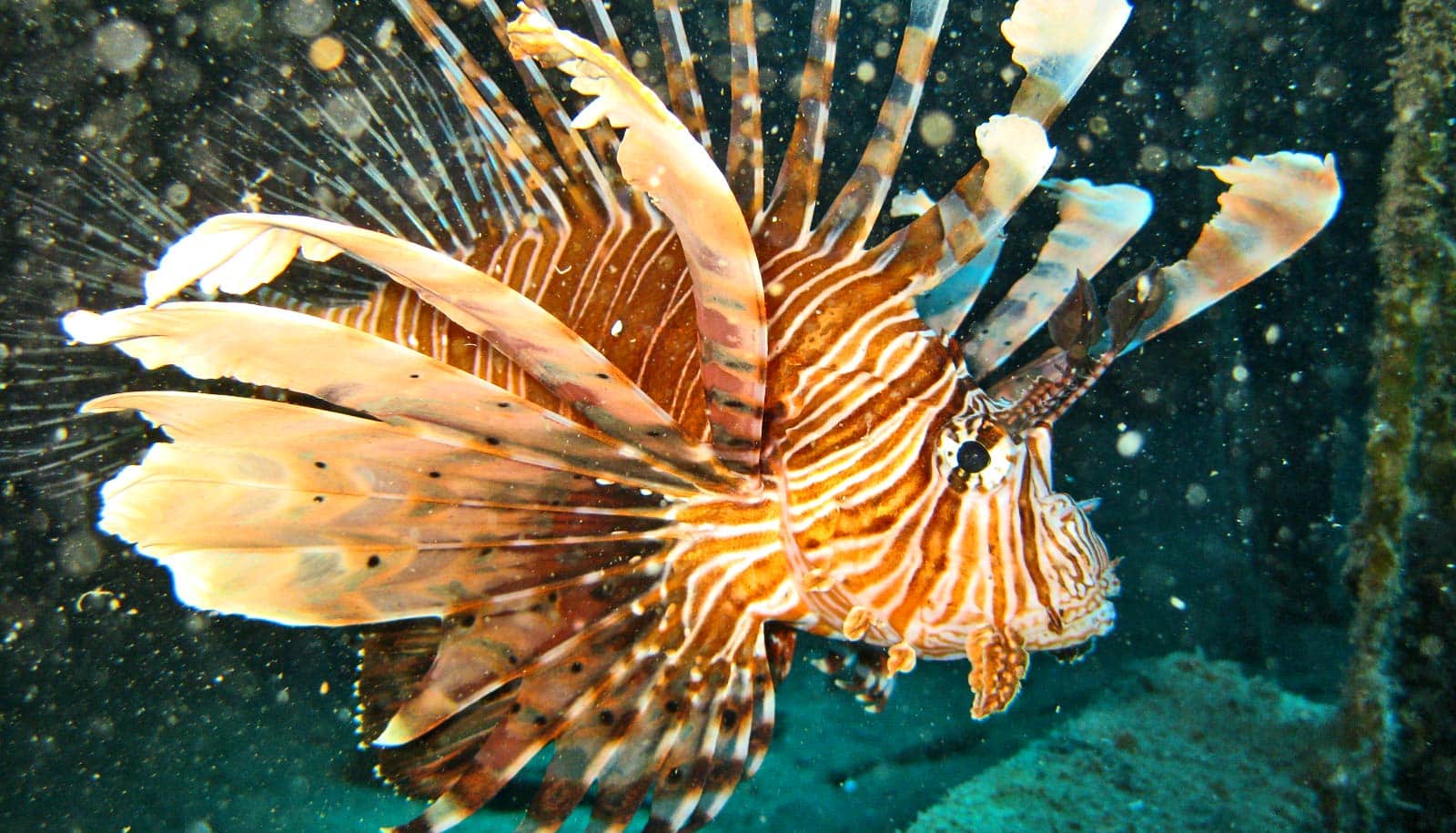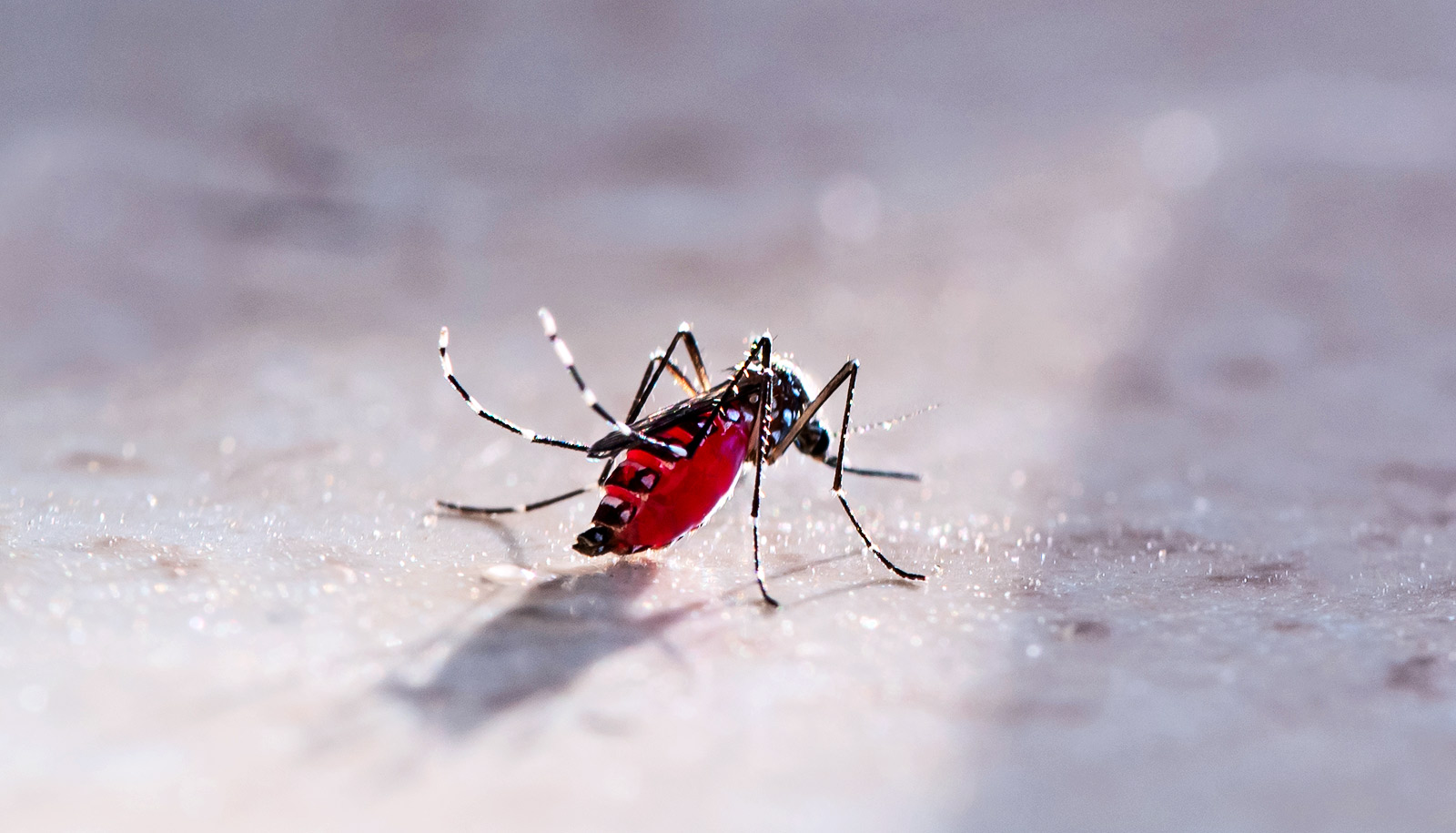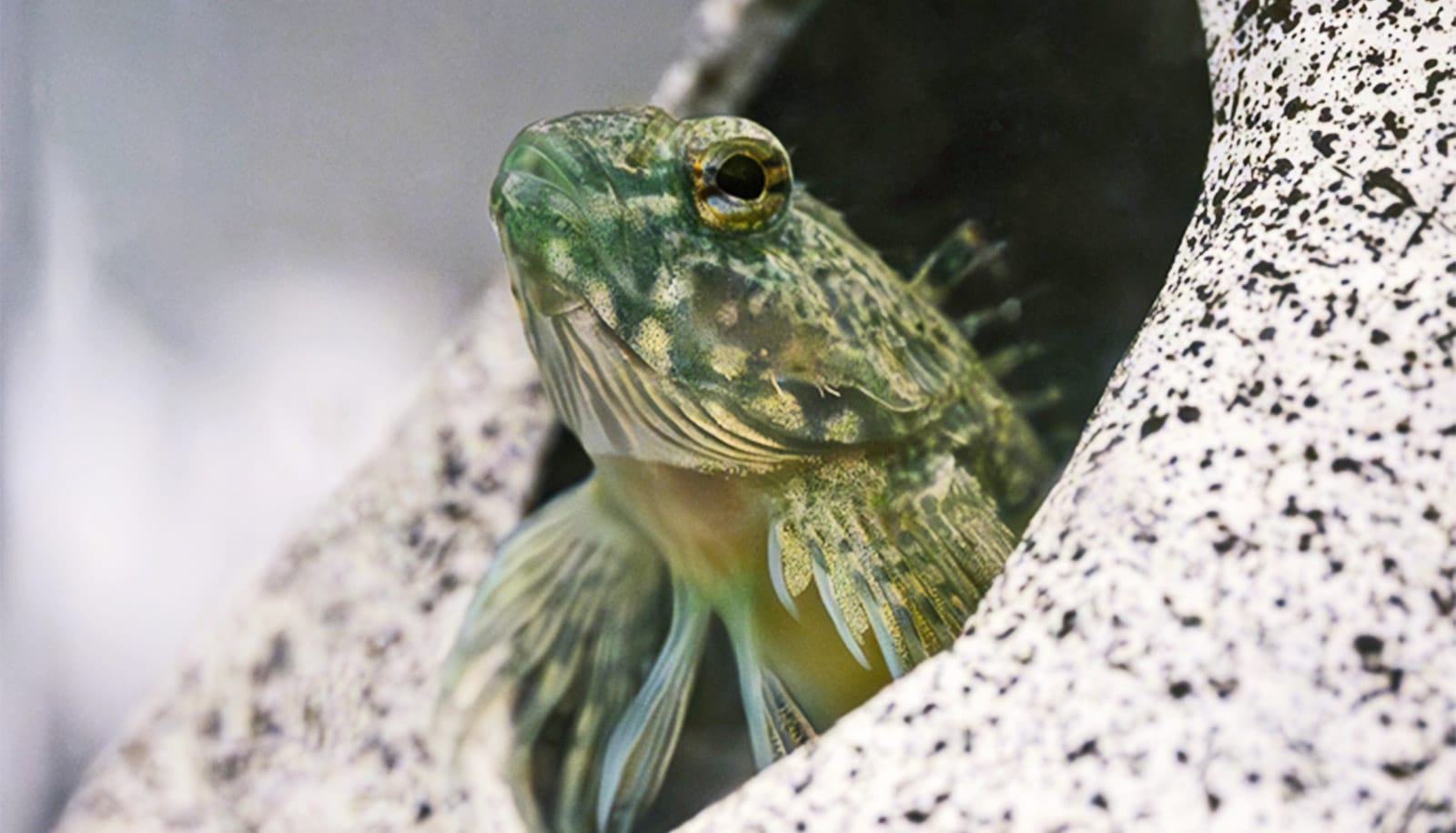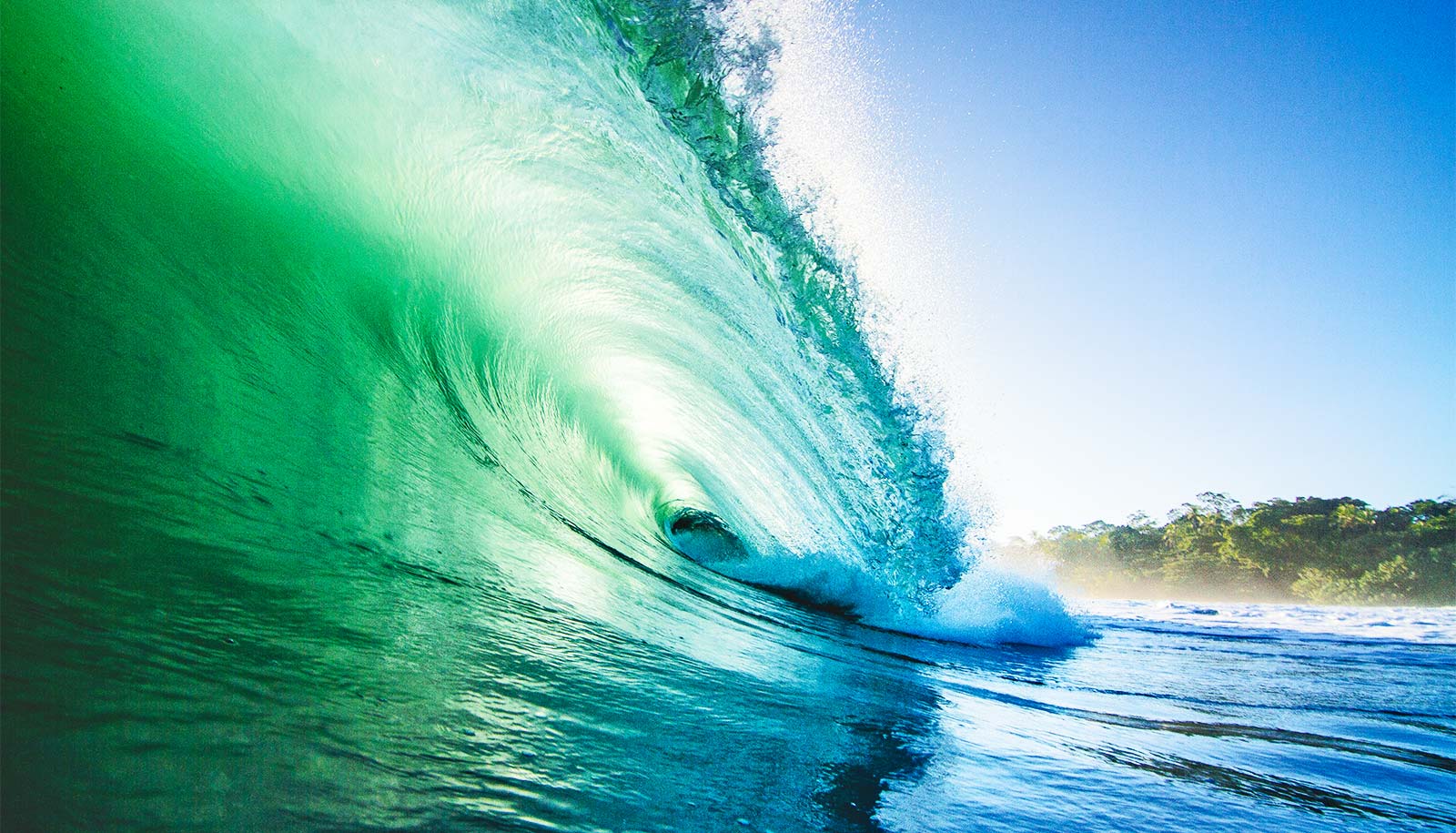While researchers initially estimated 9 or 10 lionfish began the species invasion of the Atlantic Ocean, a new study suggests that number was closer to 180.
For more than a decade, lionfish have created a global problem by invading the United States Atlantic coastal waters, the Gulf Coast, and the Caribbean Sea. In addition to destroying native fish and plants, lionfish are capable of harming the economy.
“Lionfish are one of the worst marine invasive species in the Atlantic Ocean…”
The first local sighting was at South Packery Jetty Beach, which is between Mustang Island and Padre Island, in 2013. Locally, lionfish live around structures like piers and jetties, but also make off-shore oil and gas platforms their homes.
“A primary concern for Corpus Christi is that they compete for food with many of the commercially and recreationally important fish, like red snapper,” says Christopher Bird, assistant professor in the life sciences department of at Texas A&M University-Corpus Christi. “People who encounter and handle lionfish also have the risk of a painful, but not deadly, sting from venom injected by the fish’s spines.”
“Lionfish are one of the worst marine invasive species in the Atlantic Ocean,” says Derek Hogan, resident lionfish expert at Texas A&M-Corpus Christi. “Studying how their populations first arrived here and how they spread so quickly can help us understand how to prevent the establishment of future invasive species.”
The research began when Bird read a paper detailing how less genetically diverse the lionfish became with each new region they invaded written by John Johnson, a masters student in marine biology. That’s when he knew it was possible to start estimating how many lionfish were introduced. The team began conducting their research through running computerized population simulations.
Bird likens the simulation to grabbing a handful of colored jellybeans from a jar. That handful is more likely to include common colors versus rare colors. If more jellybeans are selected from that handful, then they are even more likely to be a common color.
“The jellybeans are like the lionfish genes that we’re looking at. There are different varieties of lionfish genes, just like the colors of jellybeans,” says Bird. “What we did was simulate reaching out into the Indo-Pacific, pulling out lionfish populations and placing them in the areas they invaded.”
5 big threats in the fight against invasive species
Lionfish are hardy creatures, with the ability to survive in tropical and subtropical water, from 10-foot to 500-foot depths. Through their voracious appetite and reproductive habits, lionfish have reduced the number of native fish and prevented juvenile fish from repopulating reefs. This has led to the current lionfish invasion being unstoppable.
However, the researchers hope their new information can help inform policies to prevent future invasions. Their study discussed three areas to focus on:
- Containing non-native species;
- Education for wholesalers, retailers, home aquarists, and the public;
- Creating incentives and penalties for those who follow or violate regulations.
How invasive species are like drunk people walking
The researchers report their findings in the journal PeerJ. Additional researchers contributing to the work are from Texas A&M and Northeastern University.
Source: Texas A&M University



